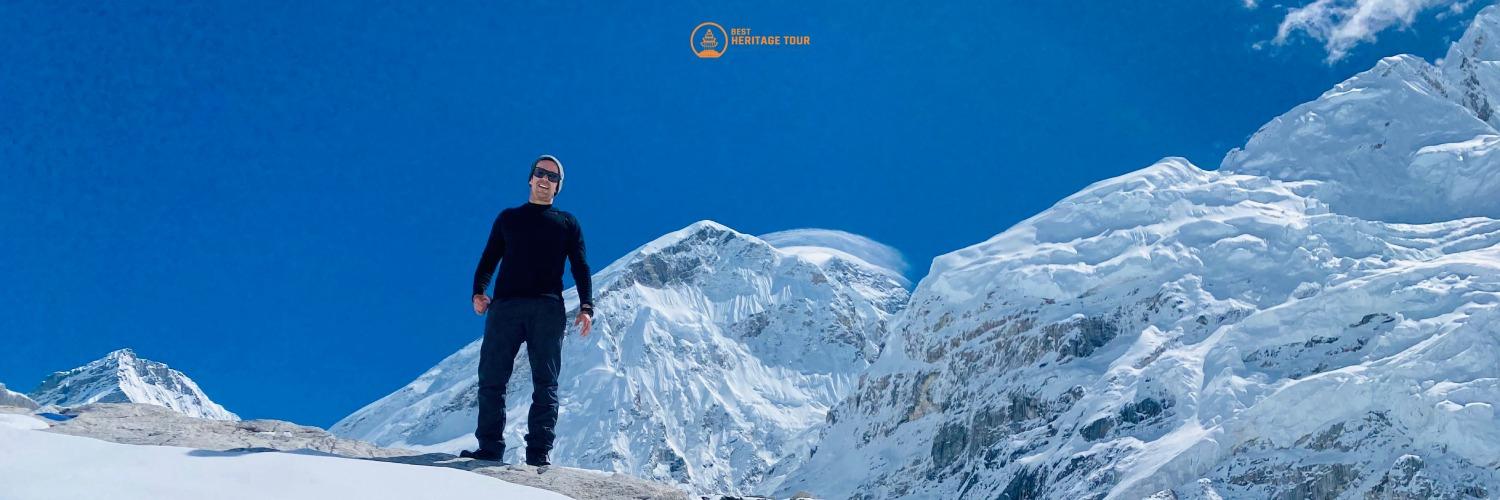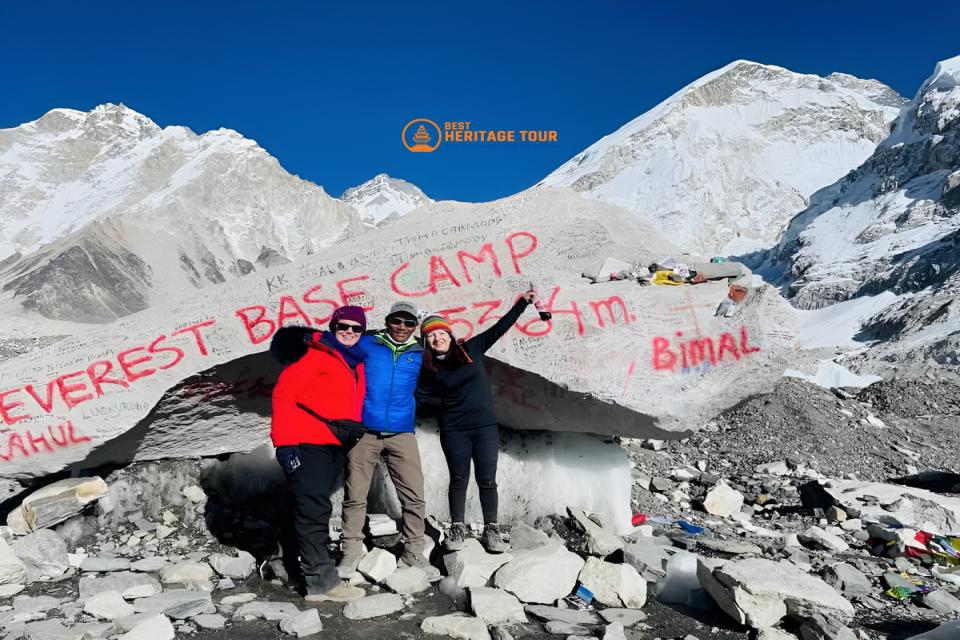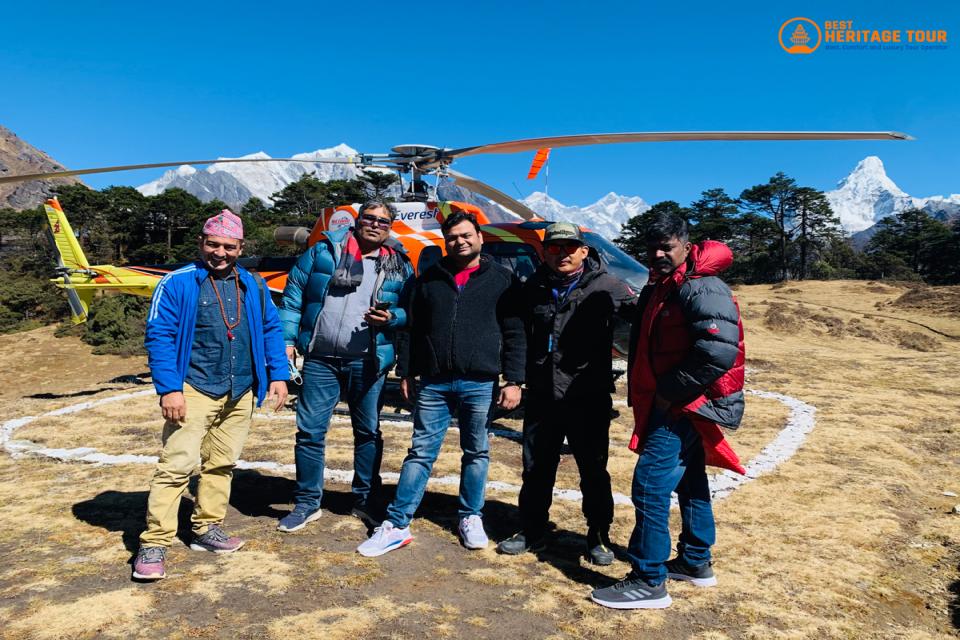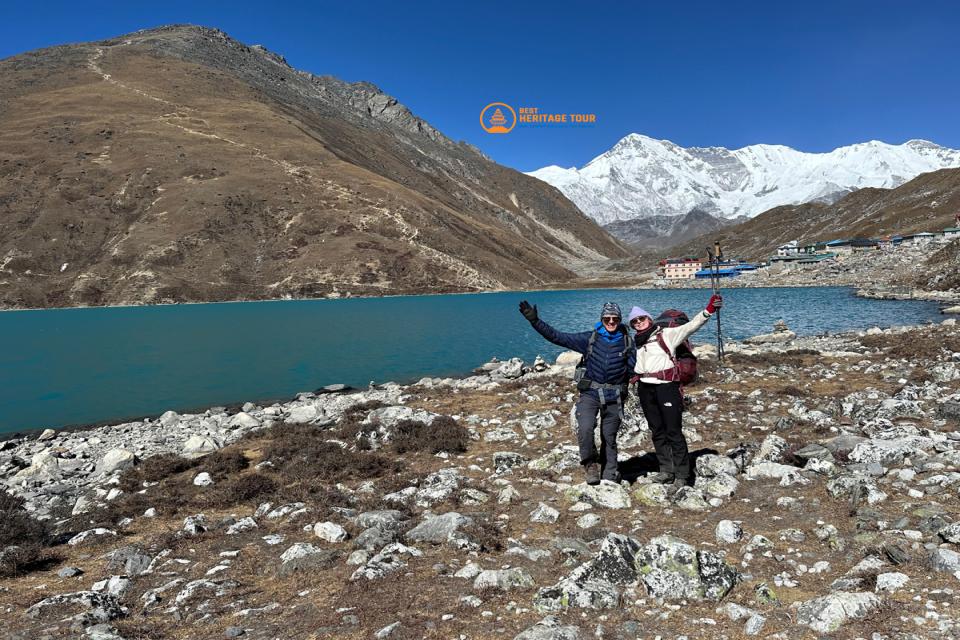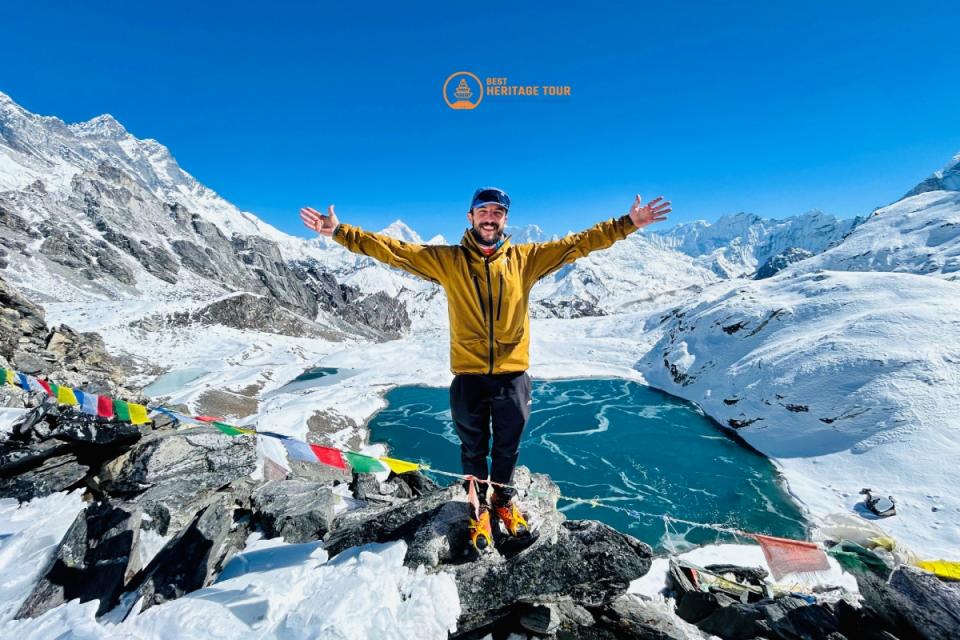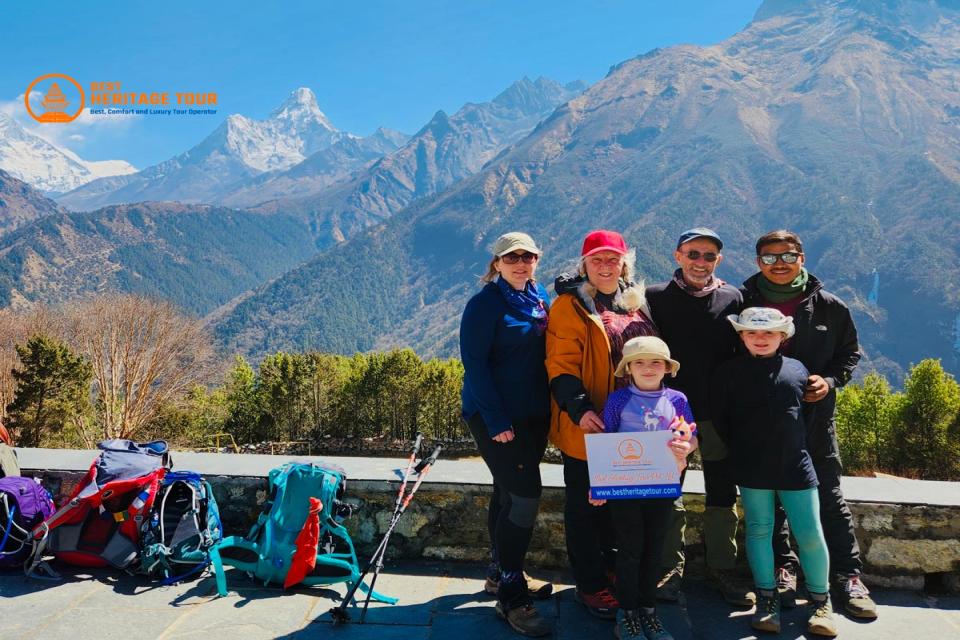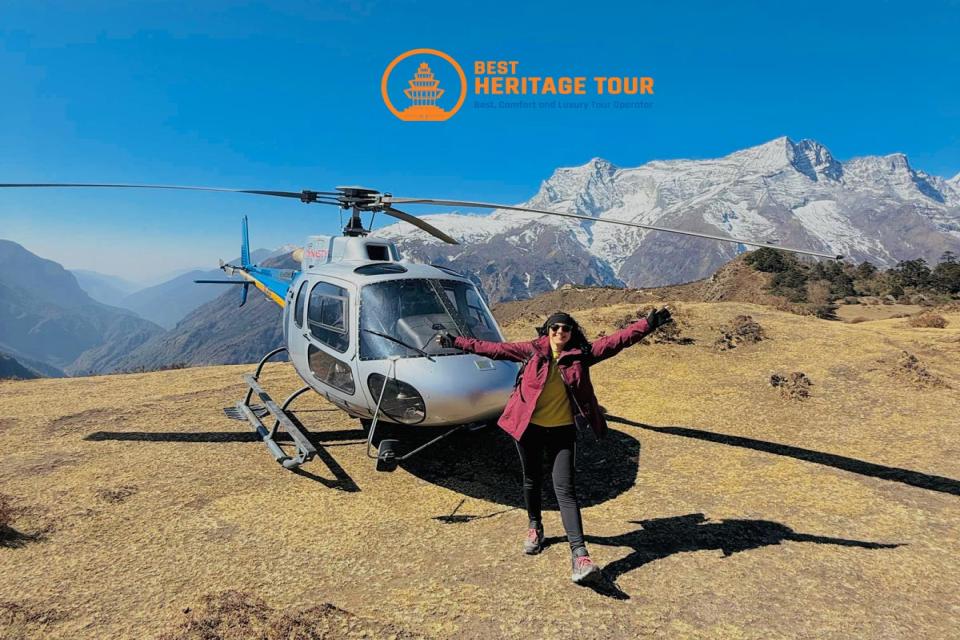The Everest Base Camp Trek (EBC) is one of the world’s most iconic adventures - a trail that winds through Sherpa villages, ancient monasteries, and snow-covered peaks before reaching the base of Mount Everest (8,848m).
If you’re planning this epic journey, you may have wondered:
Is it possible to do the Everest Base Camp Trek solo and without a guide or porter?
The short answer: Not anymore.
As of April 1, 2023, the Nepal Tourism Board (NTB) officially made it mandatory for foreign trekkers to hire a licensed guide or join a registered trekking agency like Best Heritage Tour for all treks in Nepal’s national parks and conservation areas - including Everest Base Camp.
Let’s explore why this rule exists, what it means for you, and why trekking with a guide (and possibly a porter) is actually a smarter and safer choice - especially in the Everest region.
The New Trekking Rule in Nepal
In past years, independent trekking was allowed and thousands of travelers did the EBC trek solo. However, there were frequent incidents of lost trekkers, accidents, and medical emergencies in remote mountain areas.
To improve safety, the Nepal Tourism Board introduced a new regulation that:
-
Prohibits solo trekking for foreign nationals in all major trekking regions, including Sagarmatha National Park (Everest region).
-
Requires every trekker to be accompanied by a licensed guide or join a registered trekking company.
-
Makes it mandatory to obtain a TIMS card (Trekkers’ Information Management System) through a registered agency.
So yes - while you can still walk the trail “on your own pace,” you must be officially guided and supported by a licensed professional or company.
Why Trekking Without a Guide Is No Longer Recommended (Even Before the Rule)
Even before the law changed, trekking to EBC solo came with serious risks:
1. Navigation & Weather Challenges
While the trail is marked, weather in the Himalayas changes quickly. Fog, snow, or landslides can obscure routes, especially near Lobuche or Gorak Shep. A guide ensures you never lose your way.
2. Altitude Sickness
Acclimatization is crucial in the Everest region. Without a guide, many trekkers climb too fast - increasing the risk of Acute Mountain Sickness (AMS).
A guide monitors your health daily and knows exactly when to rest or descend.
3. Emergencies
If you’re injured or fall sick at 5,000 meters, evacuation logistics are complex. Guides from Best Heritage Tour are trained in first aid and helicopter rescue coordination, ensuring fast and efficient response.
4. Permits and Local Communication
Navigating Nepali bureaucracy and language barriers can be stressful. Your guide handles all permits, accommodations, and local coordination smoothly.
5. Cultural Experience
Traveling with a local guide adds meaning - you’ll learn about Sherpa traditions, monasteries, and the stories behind every stupa and mountain.
What About Hiring a Porter Only?
Some trekkers consider hiring just a porter instead of a guide.
While porters are invaluable for carrying your load (usually 15-20 kg), they aren’t licensed to lead treks or handle permits.
For the Everest Base Camp trek, you’ll still need to go through a registered trekking agency to meet the new government requirement - and that usually includes at least one licensed guide.
The best solution?
Hire both a guide and a porter through a trusted agency like Best Heritage Tour.
This ensures your journey is safe, supported, and fully legal.
Advantages of Trekking with a Guide from Best Heritage Tour
Trekking with Best Heritage Tour doesn’t mean losing independence - it means gaining confidence. Here’s what you get:
-
Licensed, experienced guides who know the EBC trail like their second home.
-
Real-time updates on weather, health, and route conditions.
-
Assistance with flights, permits, and accommodation in remote areas.
-
Cultural insights that turn a simple hike into a spiritual experience.
-
24/7 emergency support from Kathmandu and the field team.
You still walk your own pace, make your own memories - just with expert support behind you.
Common Misconceptions About Solo Trekking in Everest Region
“I’ll save money if I go alone.”
Solo trekking may seem cheaper, but once you include flight reschedules, permit issues, or emergency costs, you’ll often spend more.
“The trail is crowded - I can just follow others.”
In off-seasons like December or February, trails are quiet. Depending on others for directions or safety is unreliable.
“I don’t want to be restricted by a guide.”
Professional guides from Best Heritage Tour don’t restrict you - they enhance your flexibility while ensuring your safety and comfort.
Why the Everest Base Camp Trek Is Still Perfect for 2026
Even with the new rules, the Everest Base Camp Trek remains one of the most accessible high-altitude treks in the world. With proper guidance, you can:
-
Reach 5,364m at Base Camp confidently
-
Cross beautiful Sherpa villages like Namche, Tengboche, Dingboche, and Lobuche
-
Enjoy panoramic views of Everest, Lhotse, and Ama Dablam
-
Experience local culture, monasteries, and yak caravans
And with the help of Best Heritage Tour, everything from permits to logistics is handled professionally - allowing you to focus solely on the adventure.
Conclusion: You Can’t Trek Solo - But You’ll Enjoy It More With a Guide
So, is it possible to do the EBC trek solo and without a guide or porter?
Legally, no - but practically, you wouldn’t want to.
The Everest region is majestic yet challenging. Trekking with a certified guide from Best Heritage Tour not only meets the legal requirement but ensures your safety, cultural connection, and peace of mind.
With expert planning, warm hospitality, and decades of Himalayan experience, Best Heritage Tour helps you conquer the trail confidently - and return home with memories that last a lifetime.
Contact Best Heritage Tour
Phone / WhatsApp / Viber: +977-9851149197 | +977-9810043046
Email: info@bestheritagetour.com | bestheritagetour@gmail.com
Website: www.bestheritagetour.com
Office: Thamel Marg, Kathmandu, Nepal
Author: Best Heritage Tour
Date: 19th October, 2025

